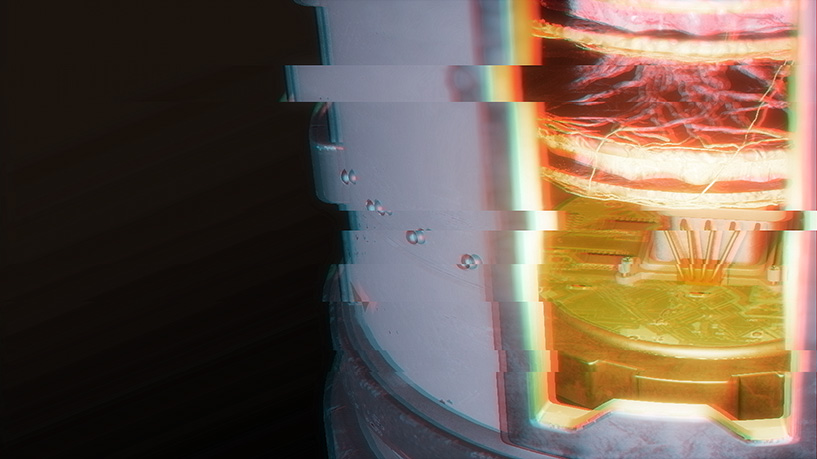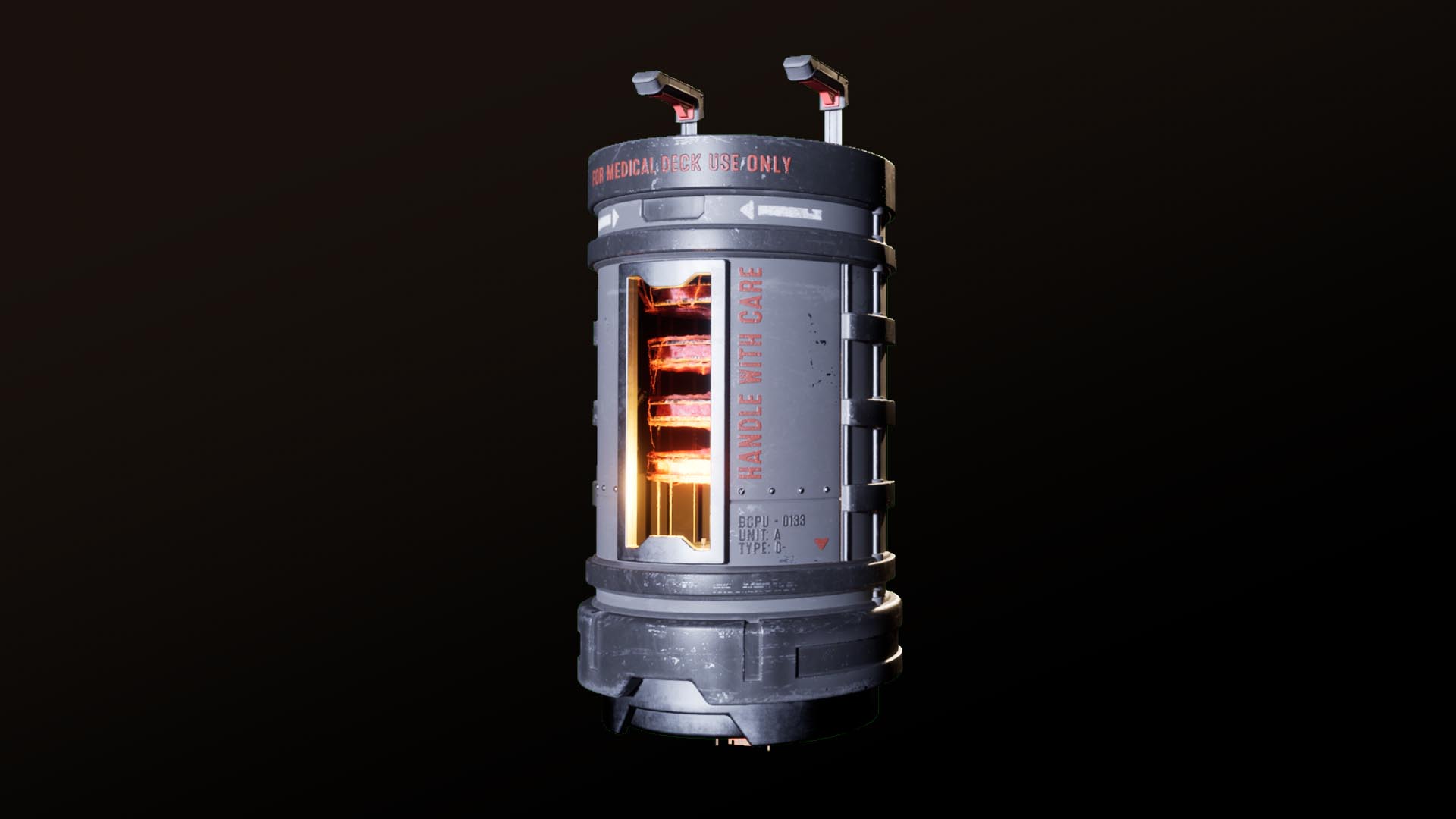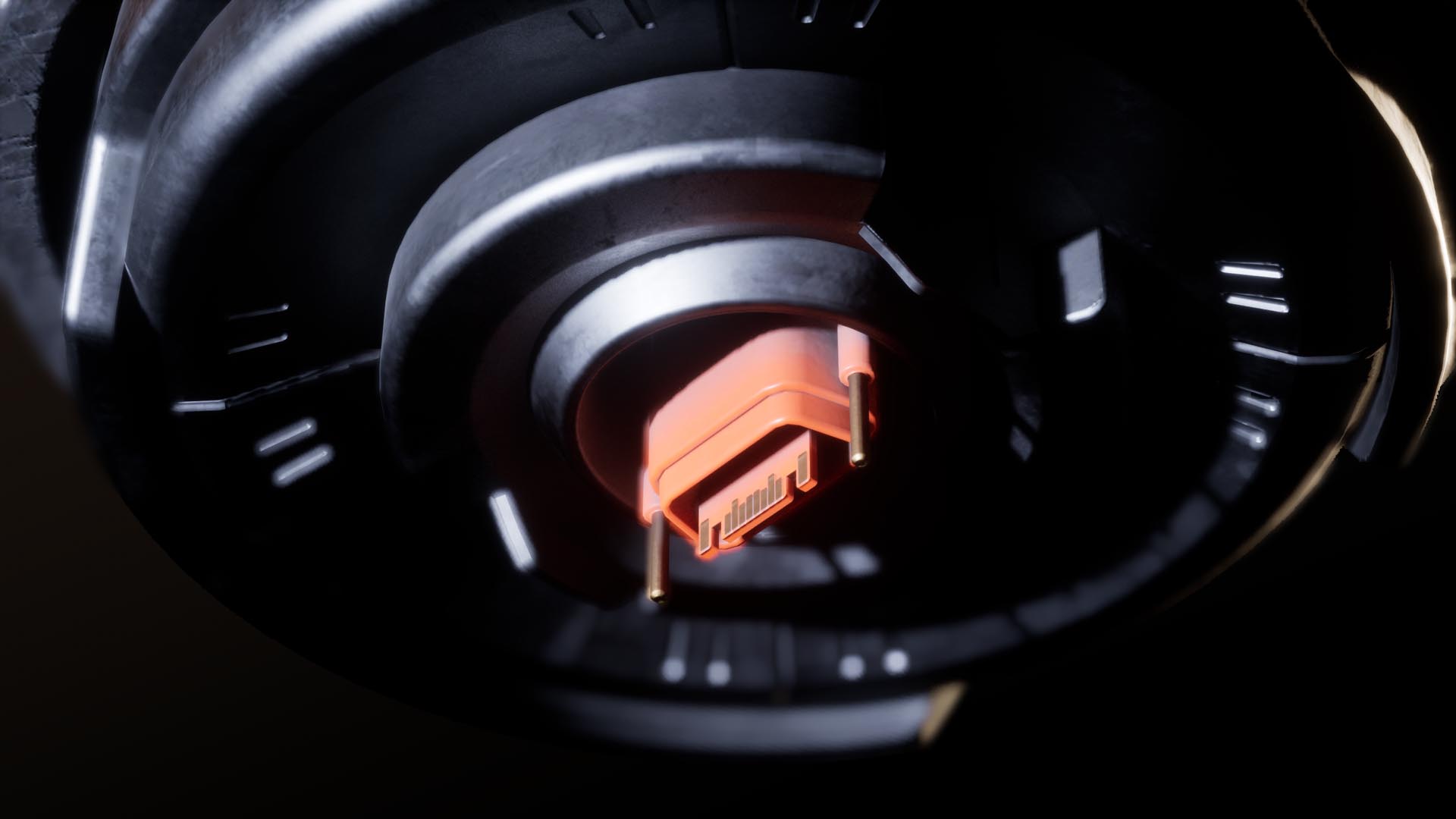BCPU™ Gen 5
The Next Evolution in Living Intelligence
The BCPU™ Gen 5 marks the most advanced generation of Reinerstahl’s groundbreaking bio-organic computing platform. Designed to seamlessly merge biological adaptability with machine precision, Gen 5 delivers unmatched performance across medical, industrial, and defense applications.
• Neural Lattice Architecture: Expanded synaptic density enables faster adaptive learning and complex decision-making.
• Stability-Optimized Core: Enhanced safeguards eliminate prior-generation anomalies, ensuring consistent performance under all conditions.
• Dynamic Multi-Threading: Parallel processing across bio-organic clusters for unprecedented efficiency.
• Adaptive Integration Protocols: Ready for direct deployment across surgical robotics, autonomous vehicles, and defense guidance systems.
• Extended Longevity: Cellular reinforcement doubles operational lifespan compared to any competitor Bio-Organic Unit.
• Opening your eyes so you can see what hides in plain sight.
With the Gen 5, Reinerstahl has achieved the balance of living intuition and machine reliability, offering a processor that does more than compute; it evolves.
BCPU™ Gen 5: Not just faster, Alive with endless possibilities
Administrative Integration
• Patient Logs & Records: The BCPU can “organically memorise” patient histories, instantly retrieving and cross-referencing files without error. It adapts to staff workflows, learning how individual doctors phrase notes or structure reports.
• Scheduling & Resource Allocation: With its predictive modeling, it forecasts bed availability and staff burnout rates, “knowing” when to reassign resources before bottlenecks occur.
Diagnostic Assistance
• Symptom Correlation: The BCPU cross-references millions of case studies with live biometrics, suggesting possible conditions within seconds.
• Early Detection: It’s able to predict anomalies in imaging or bloodwork that traditional BCPUs miss, described as an intuitive medical hunch.
• Adaptive Algorithms: Unlike static AI, its bio-organic pathways mutate to improve diagnostic accuracy over time, mirroring biological learning.
Surgical & Clinical Machines
• Robotic Surgery Units: Paired with systems like S.P.I.D.E.R., the BCPU gives near-instant feedback loops, allowing precise micro-adjustments in real time.
• Imaging Devices: In MRIs or CT scans, it translates raw data into “living models”. Organ reconstructions that visibly “breathe” for easier surgical planning. Essentially simulating the human body to predict any complications.
• Anesthetic Monitors: Tracks subtle neurological signals during surgery, adjusting sedation before patients spike or crash.




